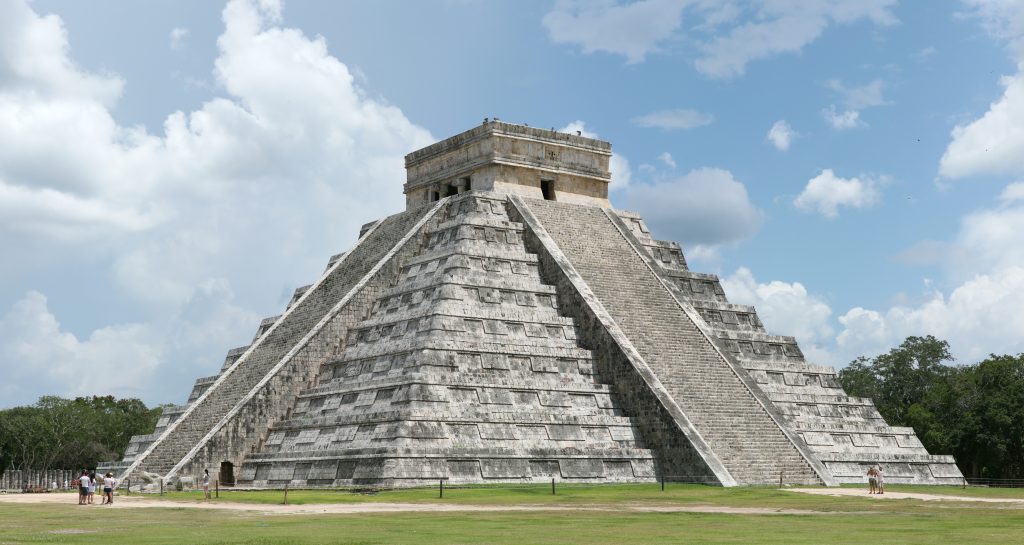 injas are generally presented as masters of the invisible and of information, capable of accomplishing the impossible. Physical performance, psychic powers, and martial arts prove that they are capable of anything. In general, they are represented as the enemies of the samurai. Ninjas and samurais have evolved in Japan where conflicts were at the order of the day. Both fight for the same cause, however, through different means and using different techniques.
injas are generally presented as masters of the invisible and of information, capable of accomplishing the impossible. Physical performance, psychic powers, and martial arts prove that they are capable of anything. In general, they are represented as the enemies of the samurai. Ninjas and samurais have evolved in Japan where conflicts were at the order of the day. Both fight for the same cause, however, through different means and using different techniques.
The undecipherable mysteries of Ninjas
The story of agents named ninjas is more complex than it seems and is difficult to understand. There are relatively few written sources because ninjas lived surrounded by secrets, and the transmission of art from master to disciple was mostly oral. Usually employed for espionage, infiltration, or guerrilla missions, they lived in hidden villages in the heart of the mountains.
Masters of deception, misinformation, and mystification, the ninja preferred to surround themselves with mystery in order to amplify rumors about their lives and to feed the fear of their enemies. They are people of the mountains, warriors, but religious, and they live in the isolation of a hierarchical society. Families (be they Taoist, Shinto or Buddhist) developed according to their own rules. Researchers who supervise the territory, guerrilla methods, information collection and transmission, dissimulation techniques and certain magical-religious beliefs all of them born in the twelfth century of the martial art called ninjutsu.
*note* This is also found in the Shinobi Yoshimori Hyakushu written in 1612 (Source: Wikimedia Commons)
The clans were made up of people known as spies and assassins, fighters and acrobats, strategy experts, weapons and explosives, illusionists and wizards employed by seniors, and were distinguished for great deeds throughout Japanese history. Between the 12th and 15th centuries, the Iga and Koga clans were very powerful, and daimyô (provincial governors) often turned to ninja families (Hattori, Momchi, Fujibayashi) for dirty tasks. The struggle for power is the subject of endless intestinal struggles. Shadow agents, the ninja had played a pivotal role in these battles, and the Sengoku period (1467–1568) was the most active period in their history.
In the sixteenth century, Japan suffered from the wars of the samurai. Nearly four centuries of war had greatly weakened the country, and at the end of this troubled period there appeared a terrible samurai from the eastern archipelago by the name of Oda Nobunaga. He aspired to the title of shogun and removed all those who opposed him. After using the ninjas to seize the land, he decided that the ninjas were dangerous and had the potential to exterminate anyone they wanted, including him.
In 1581, a battle between the 46,000 Nobunaga people and 400 ninjas from the Iga clan took place. The battle lasted a week and resulted in thousands of dead and the decimation of the powerful shadow clan. Contrary to what is told, Sandayz Momochi, the ninja leader, didn’t die during the surprise of Nobunaga but managed to escape, probably with the same boldness and technique that had been used centuries ago by the first two ninjas in history, Shinetsu Hiko and Otokashi.
Originated from Japanese culture
Beginning in 1603, the era of the belligerent principalities more commonly referred to as the Combatant Kingdoms ended with a new law prohibiting seniors from resorting to war. The country is closing in on itself and experiencing non-existent welfare until then. The Shogun established his capital at Edo (today’s Tokyo), a city whose population quickly reached one million inhabitants, becoming a true metropolis. In this age of prosperity, the desire to make money attracted a lot of criminals and murderers.
Therefore, the shogunate needed a strong police force, capable of developing new arrest techniques. He turned to the ninjas and, although many joined the city police, not everyone accepted the offer. The disbanding of the clans pushed many to become thieves, mercenaries, or murderers. Others, tired of war, are turning to religion or agriculture, like many other samurai who are left without a job (called Ronin).
The last “official” intervention of the ninjas took place in 1637 at Hara Castle, in the context of the rebellion of Christian peasants against the Tokugawa Shogun Iemitsu suspected of having arranged the killing of a Christian daimyô. The uprising, supported by many Rumanian samurai and landless peasants, also managed to conquer a few islands. Surrounded by 200,000 Shogun soldiers, Christians took refuge in Hara Castle. Despite the numerical advantage of his soldiers, the shogun failed to end the revolt, so he used the ninjas.
Once a secret, ninjutsu can now be learned almost everywhere in the world. Since the 1970s there have been many schools, some more bizarre than others. However, there are 5 Japanese academies that still teach old ninja techniques, but this art, while retaining its air of mystery, no longer finds its place in the contemporary world.
Avid Writer with invaluable knowledge of Humanity!
Upcoming historian with over 30 million views online.
“You make your own life.”





